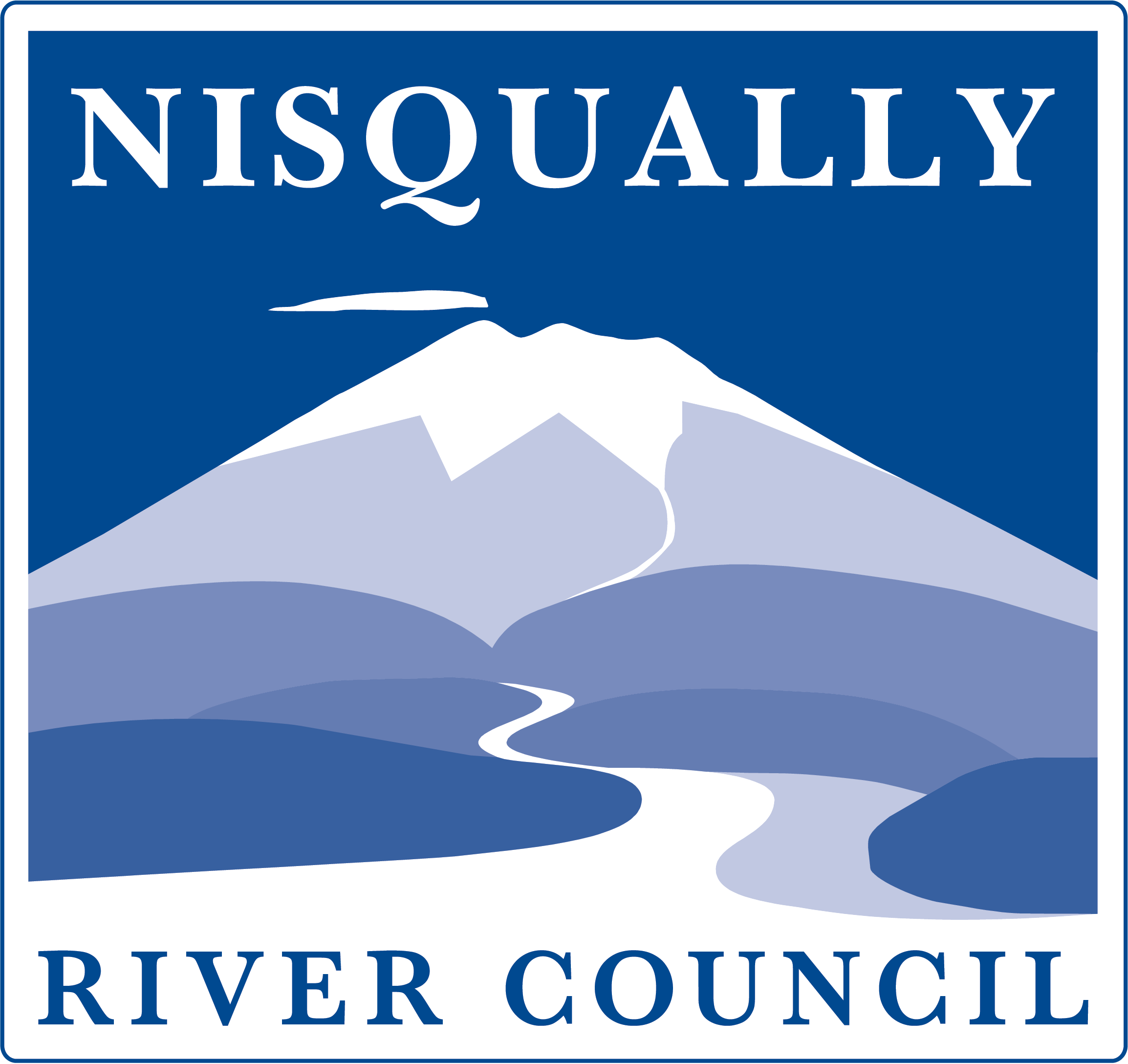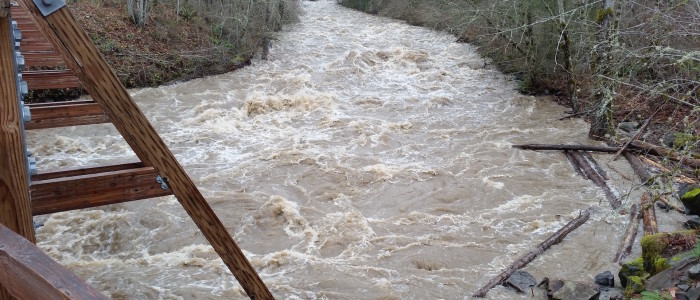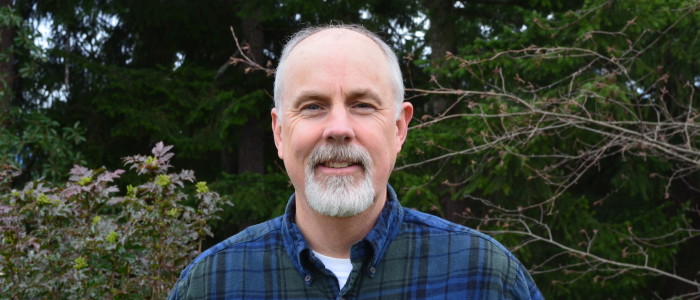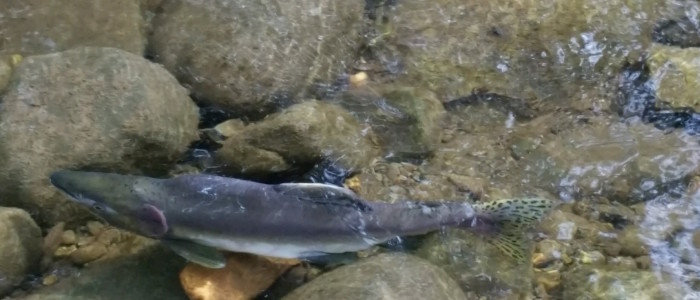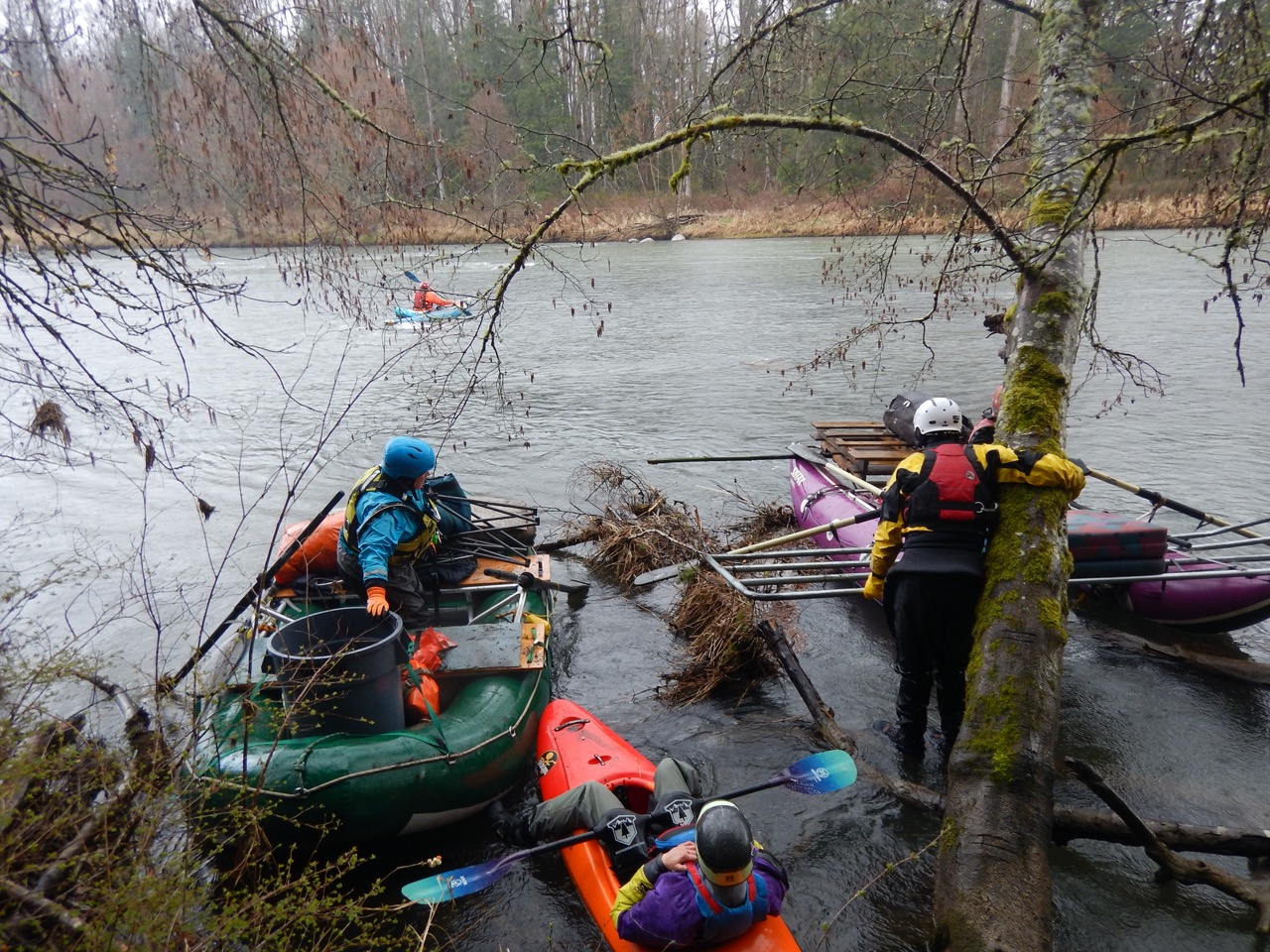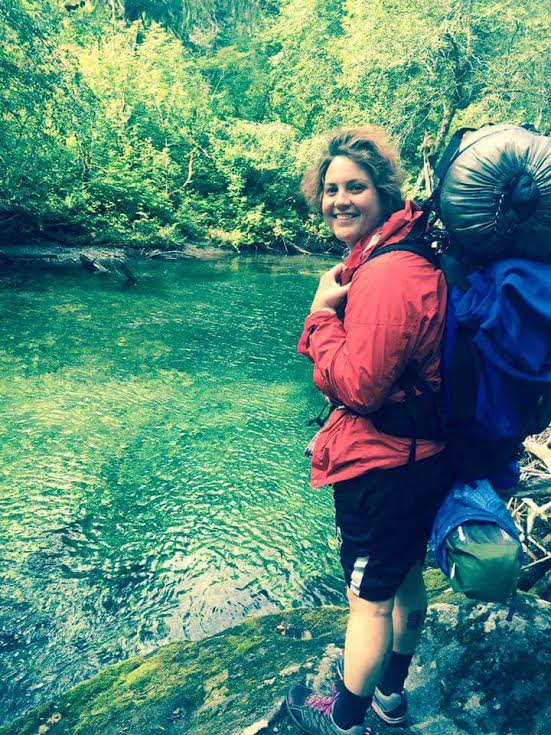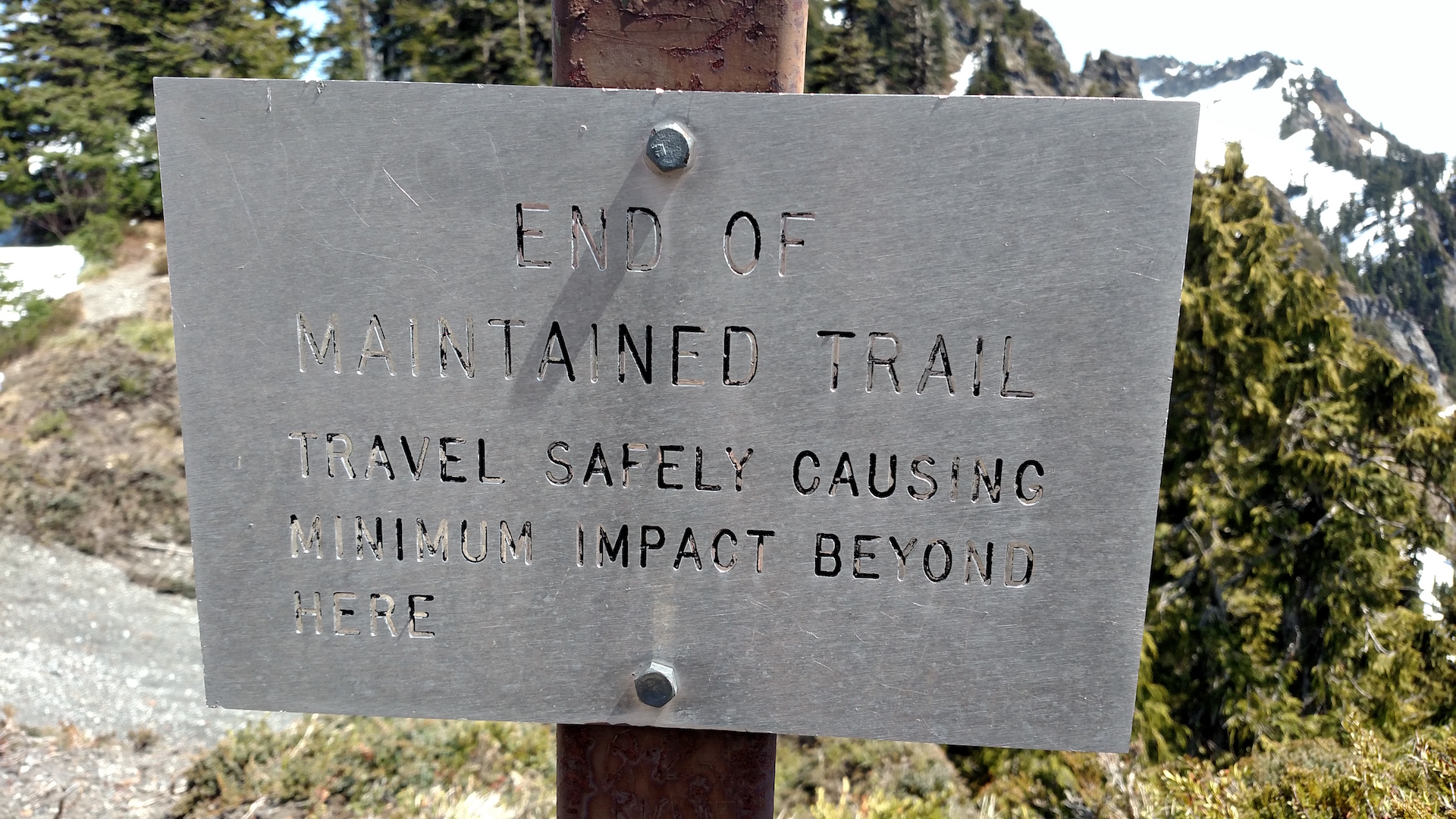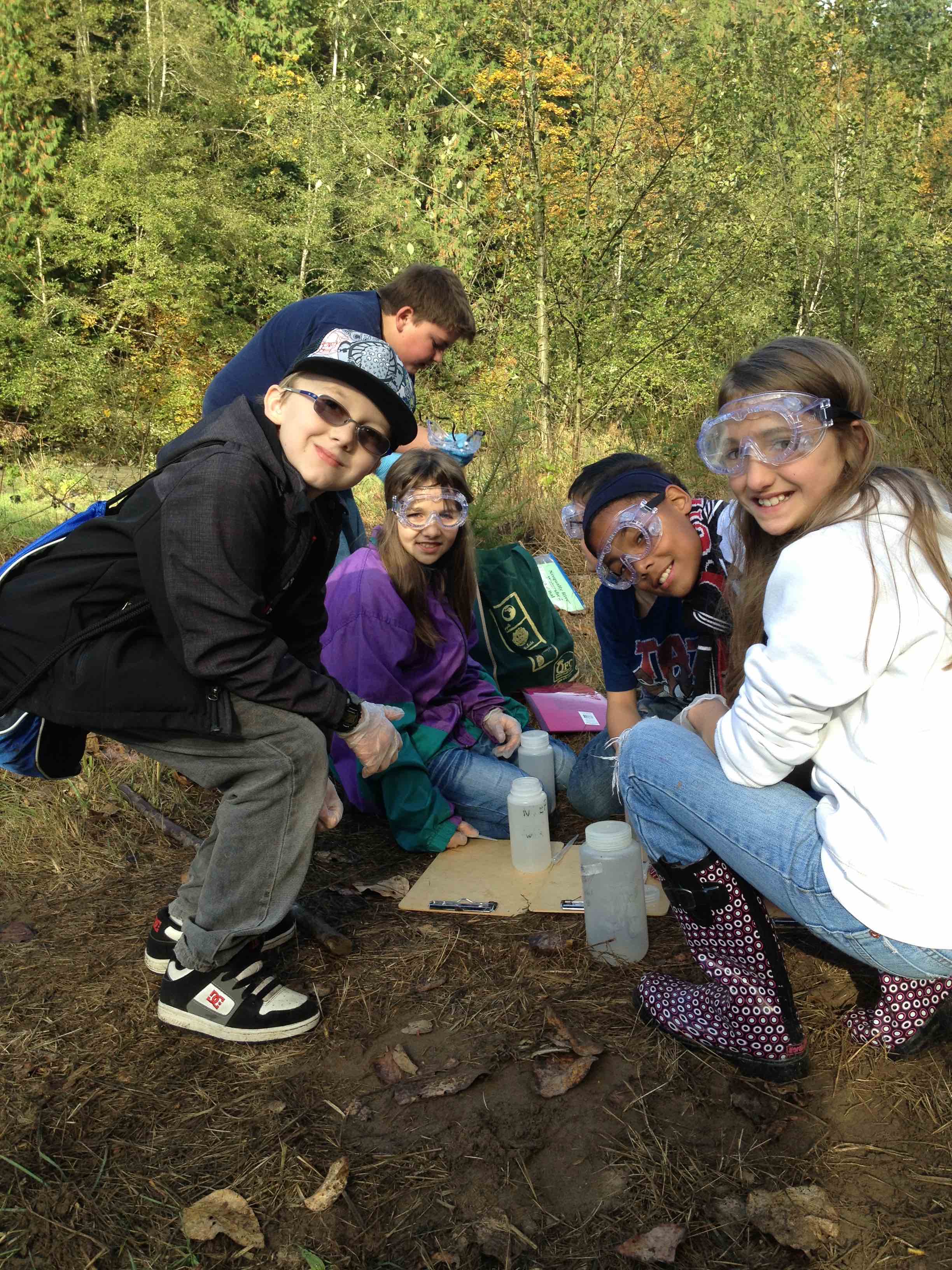One of our favorite programs to implement is the Nisqually Stream Stewards. We work with a group of 20-30 community members who agree to attend our free 8 week course, which includes some of the hottest science and exciting field trips our watershed has to offer. In exchange, Nisqually Stream Stewards give back 40 hours of service to the watershed.
This year, three of our NSS graduates have surpassed that goal in less than 6 months! This week’s blog post will feature 2015 NSS graduate Roger Andrascik, who already has logged more than 125 hours!
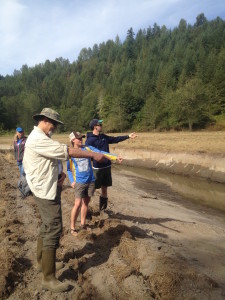
Did you know that you’re already over your 40hr volunteer commitment? wow! Was it hard or easy?
I recently retired and had been actively involved in the Nisqually River Council with my work at Mount Rainier National Park. I was looking for a natural transition into the next phase of my life. I still have the passion and desire to remain active in conservation work. The work of the Nisqually Stream Stewards allowed me to get back into the field and make a contribution to all the great work that is going on in the Nisqually River Basin -salmon recovery, habitat protection and education. Four of my salmon watch sites along the Mashel and Little Mashel Rivers are within walking distance of my house, which makes it very convenient. It is easy to get out for a walk to get both exercise and monitor the sites. My daughter is a Nisqually Land Trust Intern and it is fun going out with her on work party days and meeting new people involved with site restoration – planting or managing invasive species. I have since joined the Nisqually Land Trust Board. I now have time and I am taking the opportunity to get as involved in volunteer work as I want. It is easy for me because I am enjoying what contributions I can make as a NSS.
What was the best part of the NSS course for you?
I truly enjoyed all aspects of the course (lectures and field trips). The staff was outstanding and they put together some great field trips to visit sites throughout the watershed from the park to refuge. The field trips provide the students with the opportunity to see and experience some of the work done by previous volunteers and talk with the various partners involved with the watershed. Emphasis on the work completed by the Nisqually Indian Tribe and their leadership to restore salmon is remarkable. Throughout the course we had the opportunity to engage in other training opportunities – like being a salmon watcher monitoring the fall spawning run. If I were to single out one thing – I would have to say the people participating in the course and our instructors were the best part. They made it fun, engaging and rewarding for me. The volunteers feel valued for their service.
What’s been the most rewarding about your volunteer time spent since you started NSS?
The NSS has given me the opportunity to reconnect with my original roots of doing field work. The last few years as a manager did not allow me as much time as I would have liked to get out in the field. I have had a great deal of diversity in my volunteer experiences. It has been rewarding to get outside to get my hands dirty controlling invasive plant species and planting trees and shrubs. I enjoyed conducting the spawning survey as a salmon watcher during the pink salmon run, although numbers were low due to poor streamflow. I was able to witness the salmon struggle in water sometime only as deep as their body’s height from belly to dorsal fin. It only made me want to monitor their challenging journey more. I have been able to observe the change of the seasons, as well as change in river conditions – critical low flow in September to near record fall flood stages in December. It has been very rewarding to see the response of the public and youth in particular at the Nisqually Watershed Festival and Eatonville Salmon Fest. Throwing salmon carcasses in late winter/early spring is a novel experience. I have witnessed as many as 18 bald eagles roosting in adjacent cottonwoods preparing or completing their foraging on these carcasses. I joined the Nisqually River Trail Advisory Group preparing a plan and working on balancing recreation and protection of salmon habitat. I will be monitoring amphibian breeding and populations on adjacent Nisqually Land Trust property after just completing training by NW Trek staff. I continue to attend the Nisqually River Council meetings, which is open to NSS, to keep up with activities and research findings on all aspects of the watershed and to stay connected with former colleagues and new friends I have met.
What is the most interesting or inspiring thing that you’ve learned from participating in NSS?
During the training George Walter and others spoke about the history of the Nisqually Indian Tribe, the fight for treaty fishing rights and the formation of the Nisqually River Council. I had the opportunity to meet and work on a few issues with Billy Franks Jr through my work at Mount Rainier. I attended his memorial service. After his passing I have learned so much more about him, his fight for social justice, his evolving philosophy and efforts to develop partnerships and collaboration for salmon recovery. The efforts by native people to practice their cultural heritage are an ongoing struggle faced with many challenges. The NSS are part of a larger effort to bring people together and work together with a shared vision to get something really significant things accomplished to achieve salmon recovery in the future. As a NSS you can see firsthand the results of your efforts and work of the many partners in the watershed – for example restoration success on Ohop Creek, diminished invasive plant populations on various parcels, or salmon fry utilization of engineered log jams.
Any advice for future NSS?
A person’s time and what they chose to do with it is one of the most precious things we possess. Many of the challenges the salmon now face did not happen overnight. Efforts to restore salmon populations and their habitat will take years. Stewardship plans and strategies are in place. There are many great existing partnerships and opportunities to suit one’s interest in helping out. Those NSS volunteers that decide to join this effort can participate in as many or few things, with as little or as much time as they want. There is something for everyone regardless of age. Get outside and get your feet wet and hands dirty. It is fun and enjoyable. You will likely learn some new things that you can share with others. You will meet some outstanding people, working like you in promoting a great conservation effort. There is a price to sitting idle. “What do we tell our children when the fish are gone?” Billy asks.
If you’re inspired by Roger’s story, consider signing up for the 2016 Nisqually Stream Stewards Course! Contact Morgan or Sheila:
(360)438-8715
info@nisquallyriver.org
